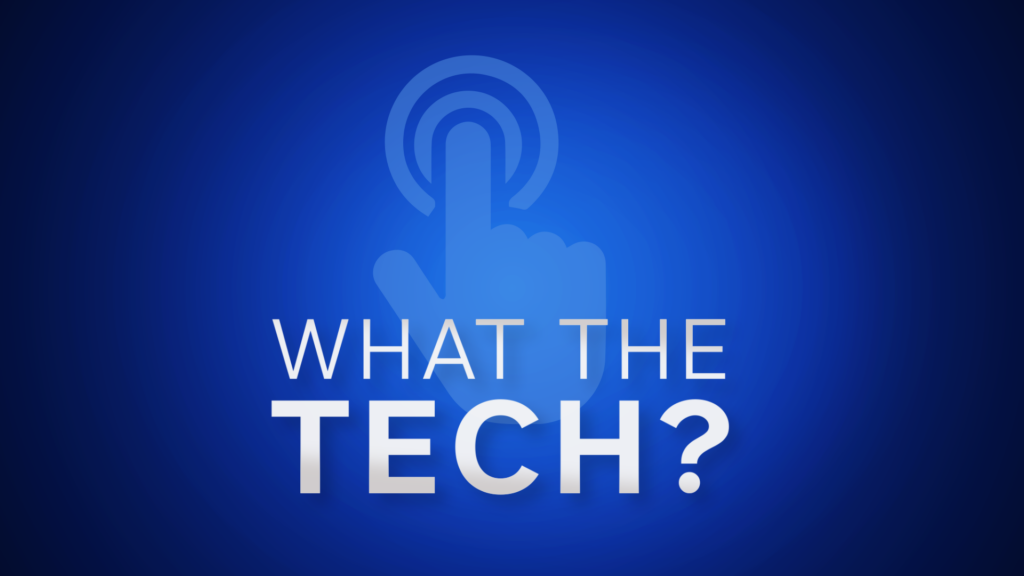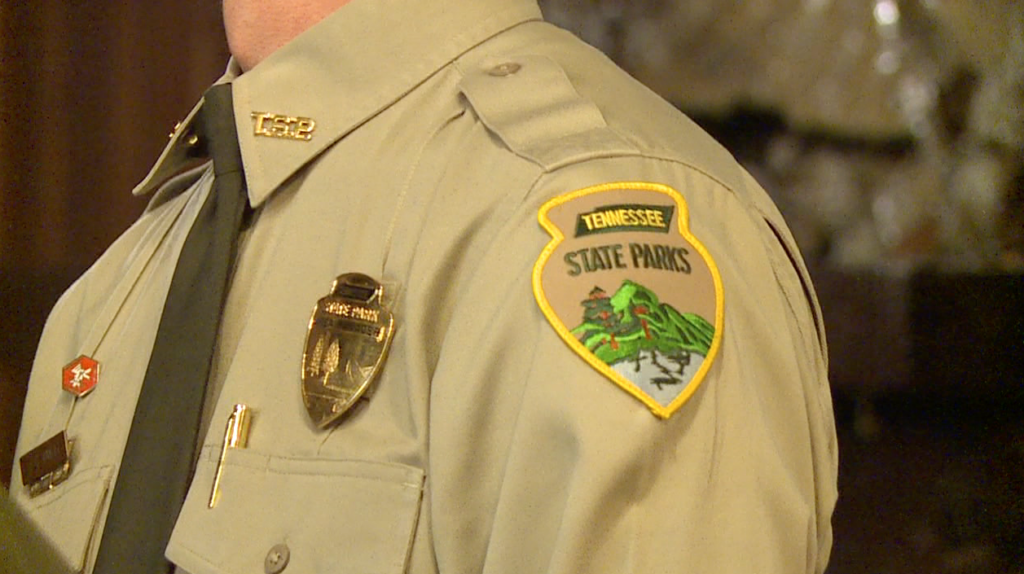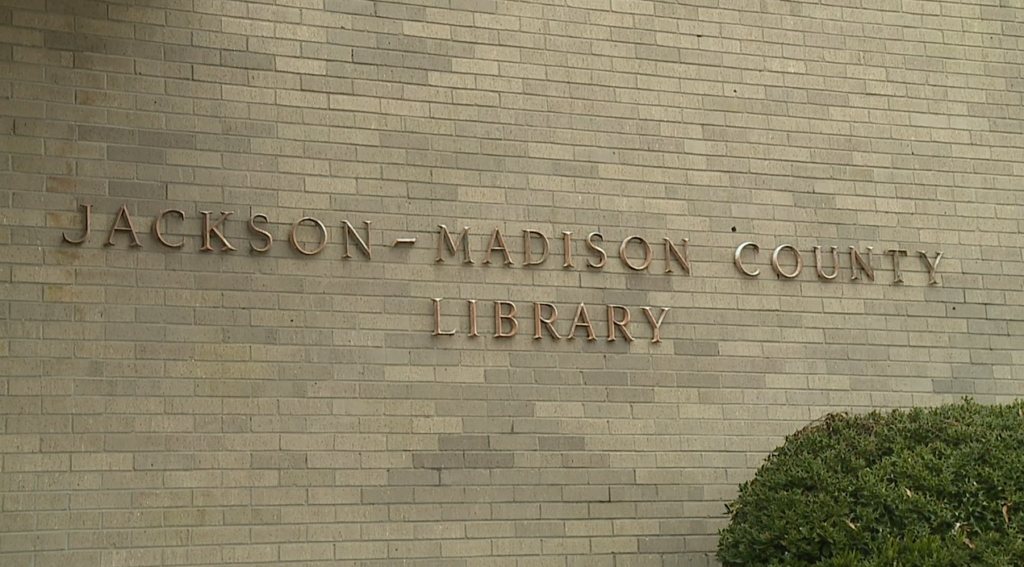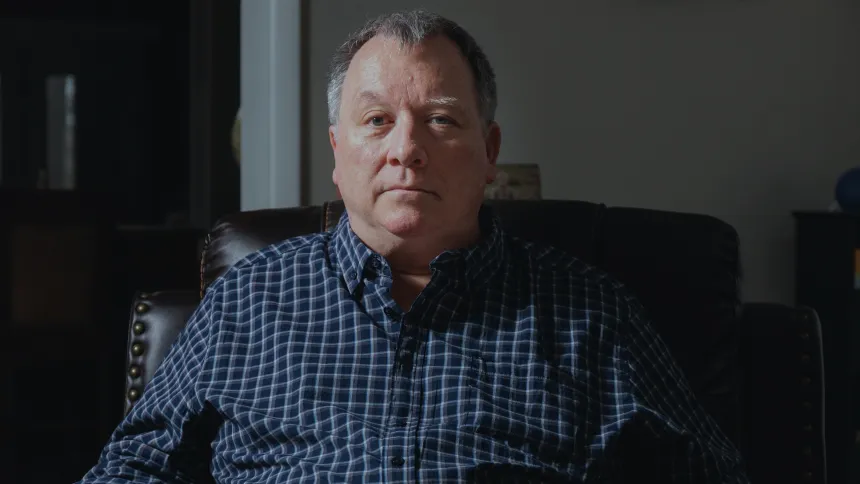What the Tech: Navigation and GPS facts
Columbus Day is Monday, and while banks, the postal service, and many Americans will take
the day off, I started thinking of the explorer himself.
If you remember much about Columbus from 9th-grade history class, you know he used the
stars to navigate to the New World. That got him lost. And I think about how far we’ve come
from those early days of navigation to where we are today. It’s almost impossible to get lost
because of Google Maps, Apple Maps, Waze, or whatever other app you use for directions.
Have you ever really thought about how that works?
It’s one of the most overlooked pieces of technology we use every day. Whether you’re finding
the nearest coffee shop, tracking a delivery, or checking your kid’s location, you’re relying on a
system the military once kept secret.
GPS uses at least 31 satellites orbiting about twelve thousand miles above Earth. Your phone
connects to four or more of those satellites to calculate exactly where you’re standing. It all
happens in less than a second.
If one signal is weak or blocked by tall buildings, your phone can lose its way. That’s why
accuracy sometimes drifts, especially downtown or indoors. It can also happen when too many
people are using the same satellites in one area. What makes it even more interesting is that newer smartphones use a tiny barometer sensor to
fill in the gaps. That sensor measures air pressure to figure out your altitude. By combining that
information with Wi-Fi and weather data, your phone can tell if you’re upstairs, in a basement, or
hiking up a mountain trail.
The barometer isn’t just for weather apps. It’s one of the ways your phone knows how many
floors you’ve climbed or how much elevation you’ve gained on a hike. Emergency services can
even use it to locate people more precisely in tall buildings.
But what happens if GPS goes down? It’s unlikely, but it can happen. There have been cases in
parts of Europe and the Middle East where GPS signals were jammed or spoofed, confusing
everything from Uber drivers to airplanes. Experts say a widespread outage could disrupt power
grids, banking, and cell networks.
The risk of a complete global blackout is very low, but smaller, localized failures happen more
often than most people realize.
So the next time your map app suddenly reroutes or drops your location, remember it isn’t just
your phone thinking. It’s a whole constellation of satellites and sensors thousands of miles away,
making sure you don’t get lost.











